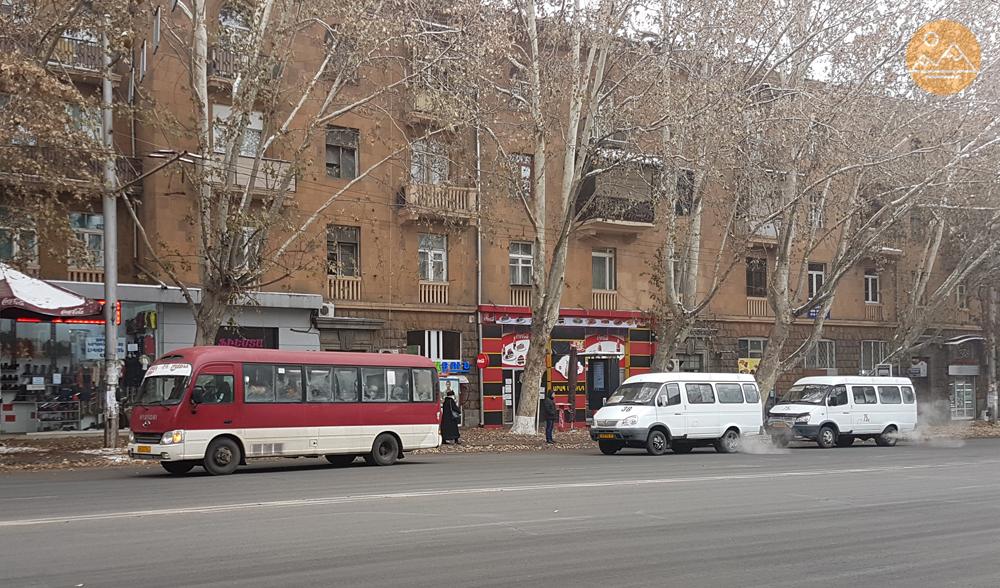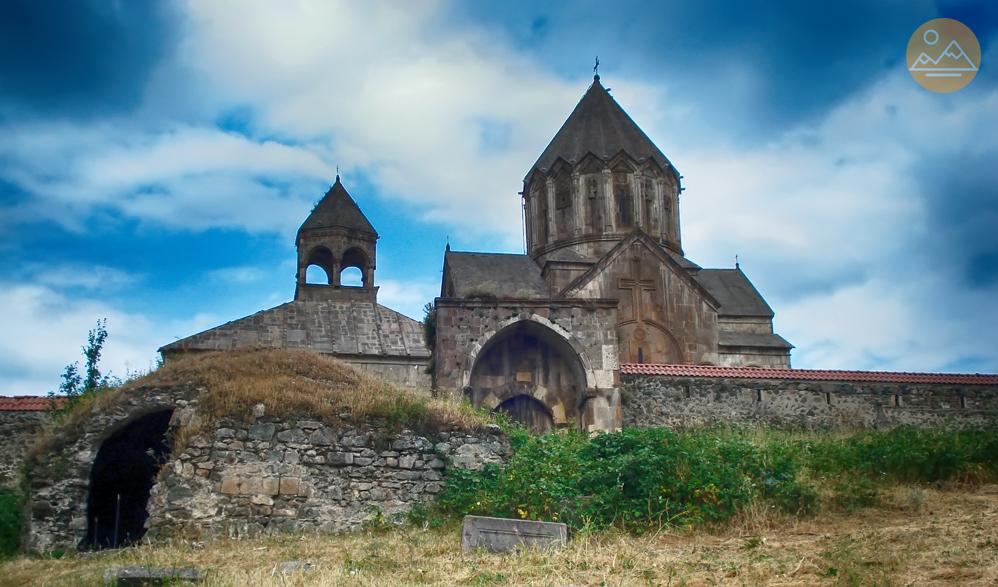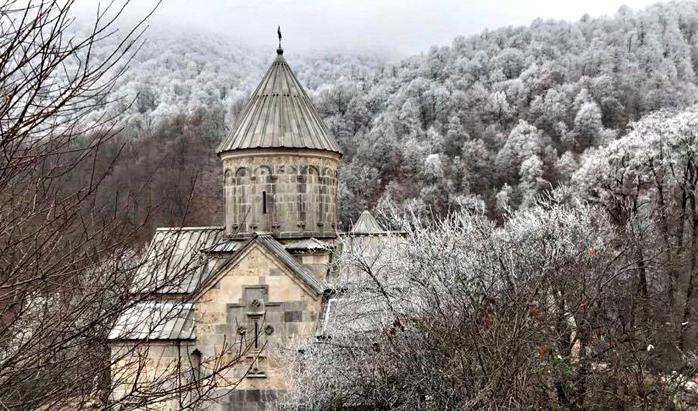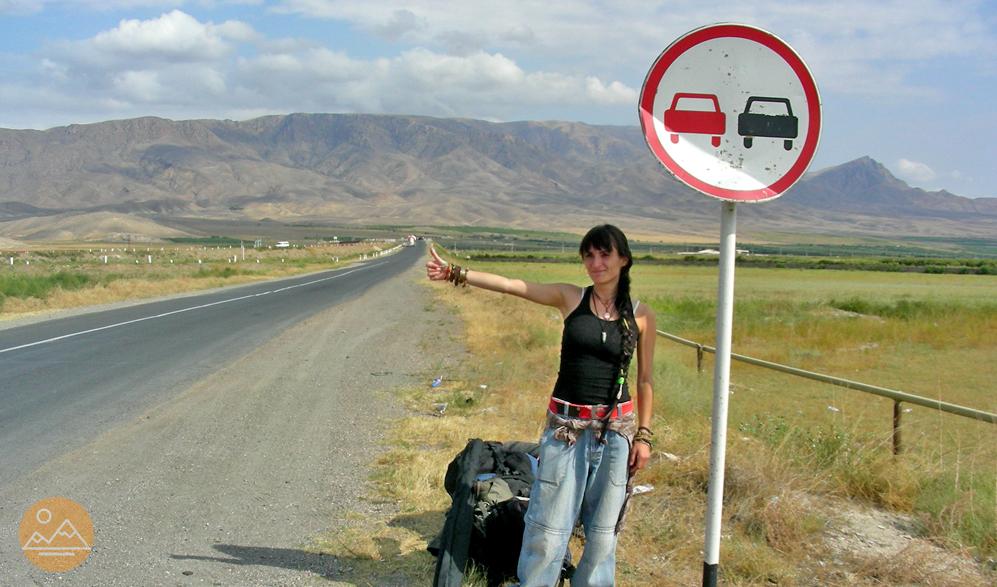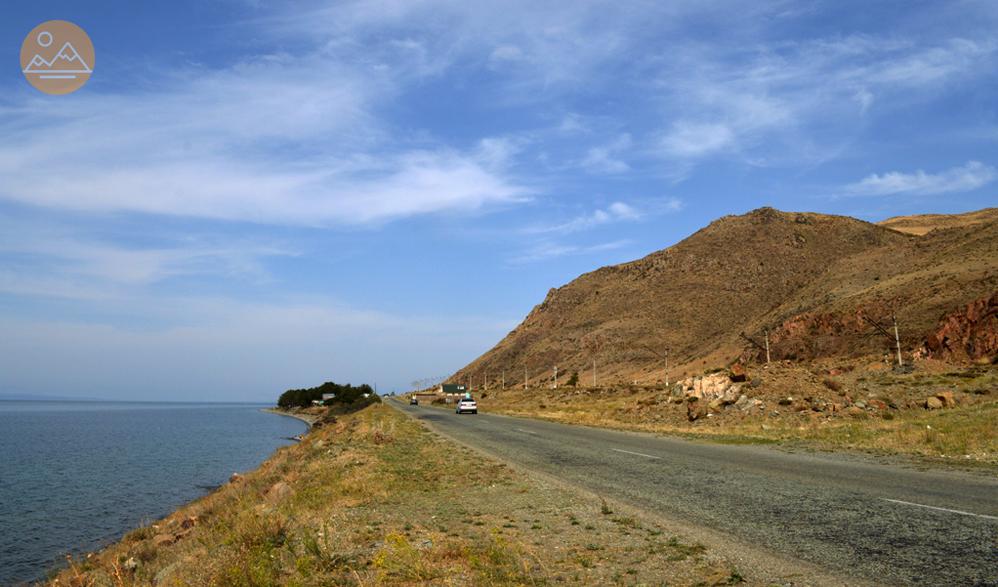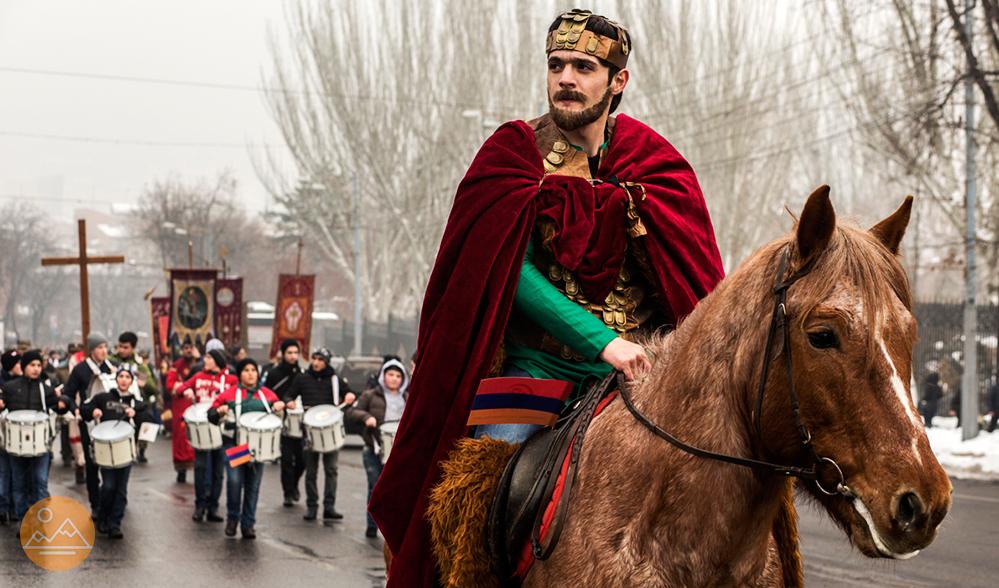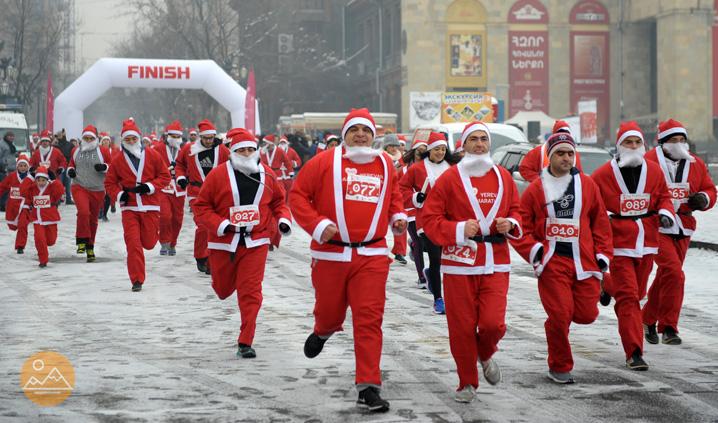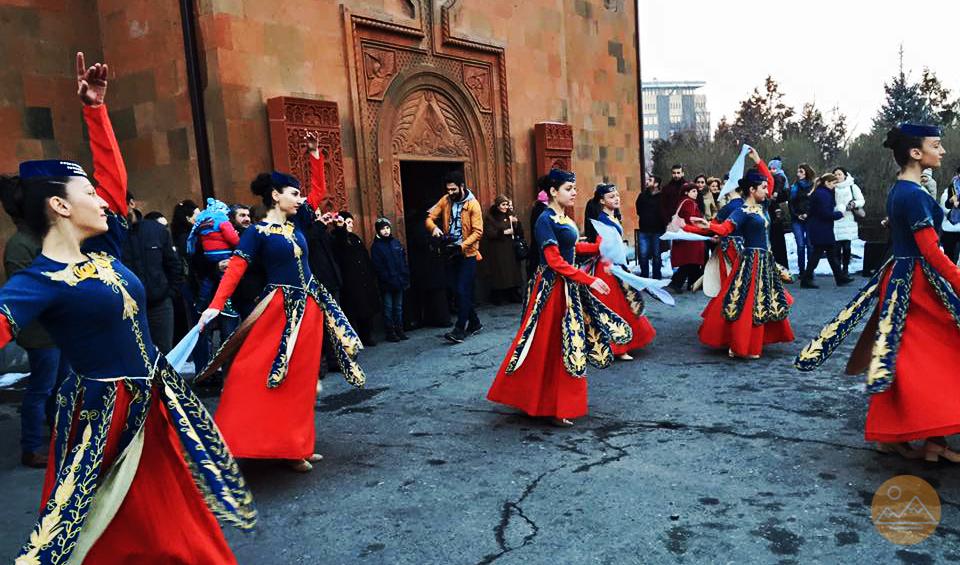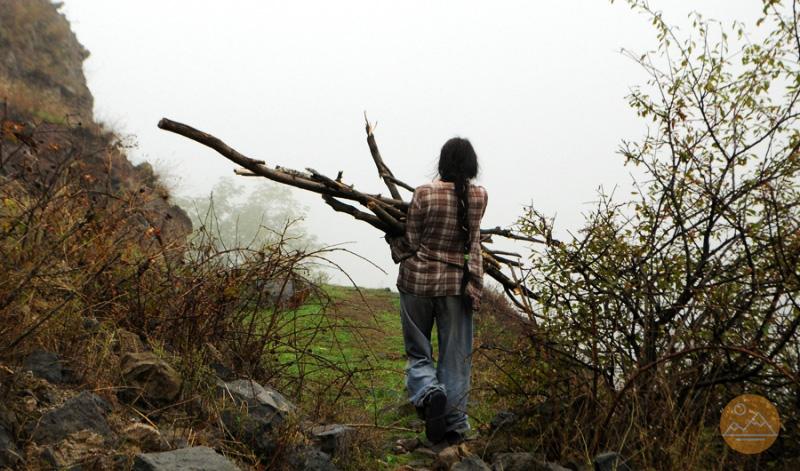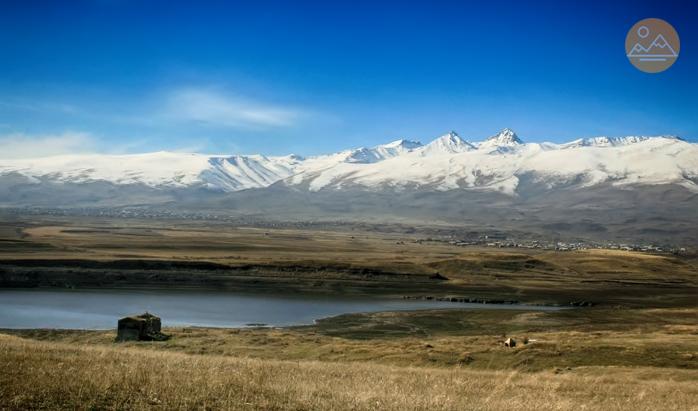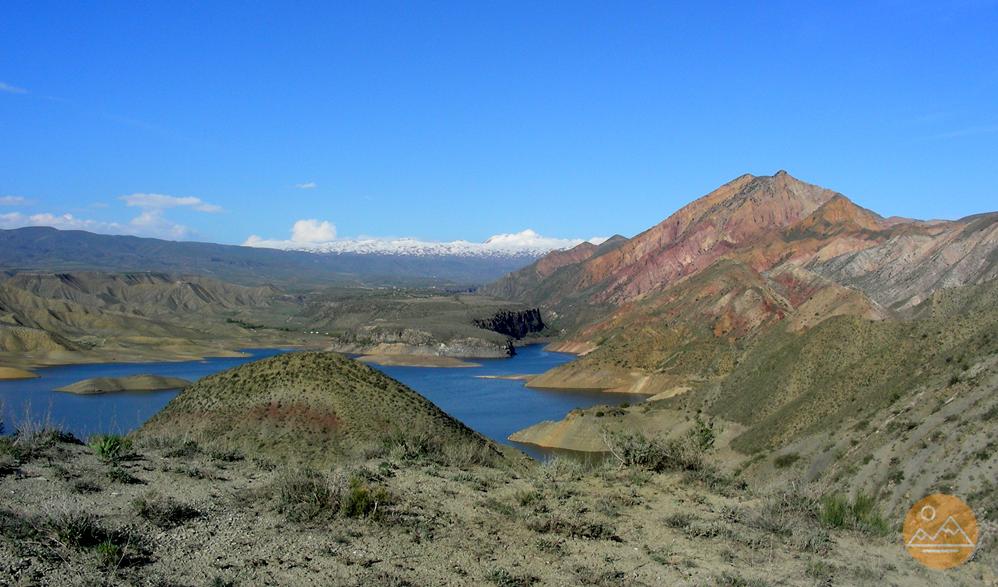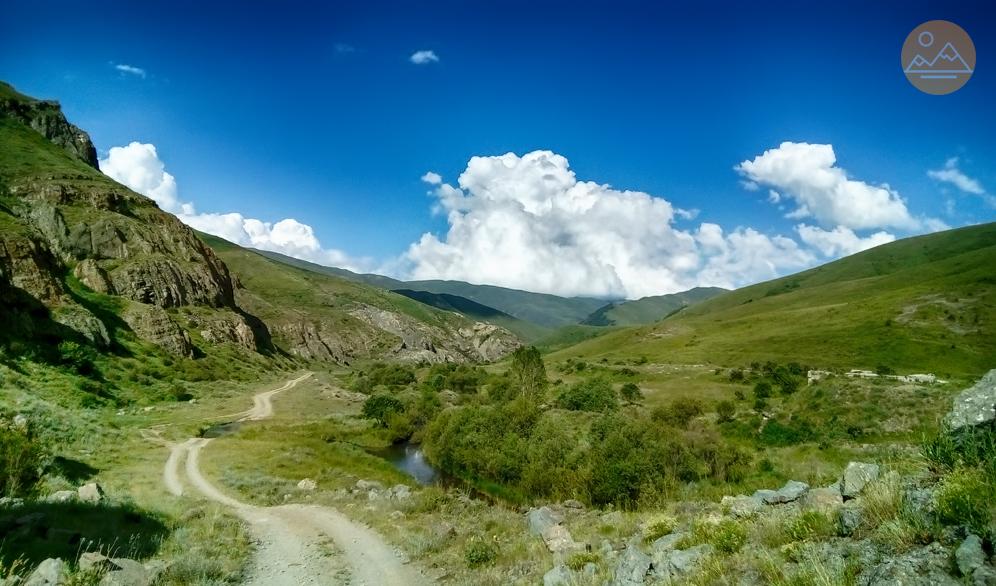-
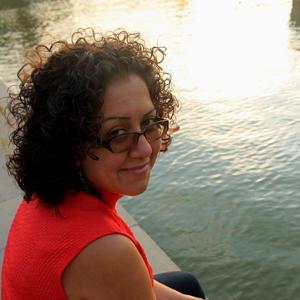 Gayane Tonoyan
Gayane Tonoyan
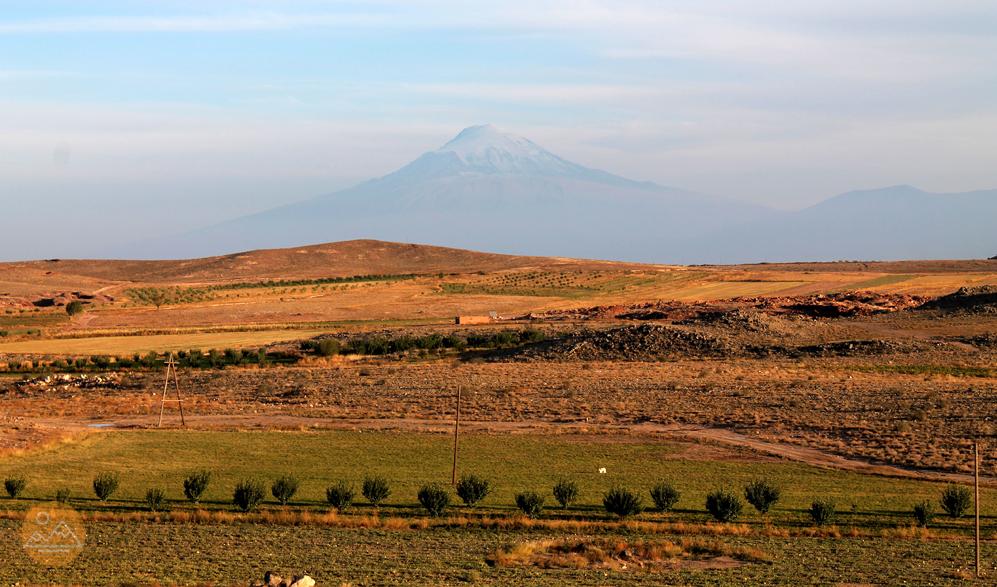
Greater Ararat. On the way to Yervandashat village / Photo: Gayane Tonoyan
Yervandashat Village: a Glimpse of Rural Life in Armenia
Views - 4029
“It doesn't look like we are in the Ararat valley”, my friend says looking out of the car window. “It’s hard to believe that this area is where most of the country’s fruits are grown, looks more like we are in a desert”. We are driving on a bumpy country road. The landscape around is an arid rocky plateau with burned-out grass and almost no trees. Mount Ararat that can be seen from pretty much everywhere in the Ararat valley, looks very strange from here – instead of the usual snow-covered peaks of Greater and Lesser Ararats we can only see Masis – the Greater Ararat. The Lesser Ararat, Sis, is strangely hidden behind Masis. This makes the landscape look even more unusual and alien.
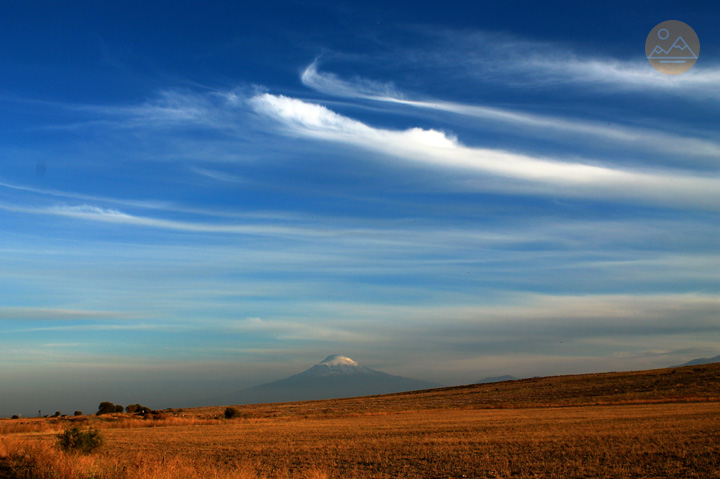
Greater Ararat, called Masis in Armenian / Photo: Gayane Tonoyan
Just as we get used to the desert-looking scenes around, we take a turn and suddenly the landscape comes alive in colors of Martiros Saryan’s paintings – two villages are spread on the bank of the river, resembling green oases in this desert of rocks and burned out grass.
Located in Armavir province of Armenia, right on the border with Turkey, Yervandashat is a small village of 200 households and population of about 700 people. The villagers depend on agriculture, mostly growing apricots and producing related goods (dried fruit, jams, etc.). In Soviet times, Yervandashat was a “closed zone” because of its location, and a special permit was required to pass the checkpoint and visit the village. Even though the checkpoint is now removed, the village still does not get many visitors. Being far from the main roads and popular travel destinations makes it a perfect place to experience authentic rural life.
As we enter Yervandashat, we find ourselves surrounded with neatly cultivated fruit orchards and vegetable fields, the desert is left behind.
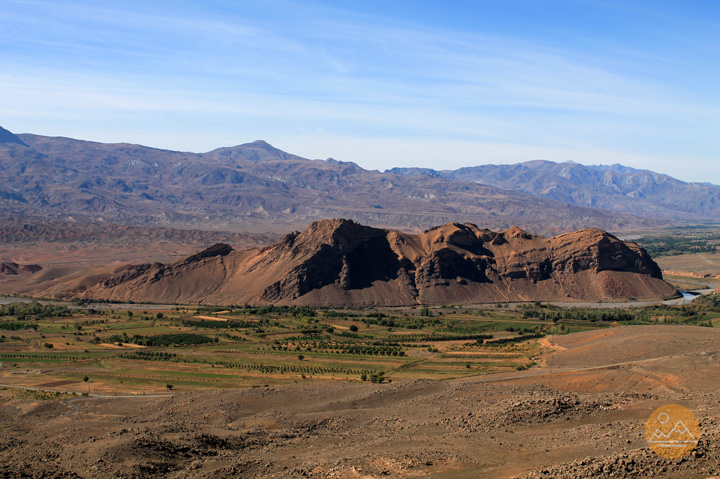
Villages Yervandashat and Bagaran lie on the bank of River Araks / Photo: Gayane Tonoyan
In the village, we are hosted by a local family – the couple from Yerevan moved back to their paternal village after retiring and are now running a village household with a small garden next to the house and a huge apricot orchard right on the border. The husband, Anushavan, used to be a teacher of Armenian language and literature and is a poet with several published books. The wife, Nelly, used to be a physicist working as a software developer. They are both retired now enjoying the slow and relaxed life in the village, well, except for the apricot season when it gets pretty hectic with several dozens of apricot trees that need to be handled.
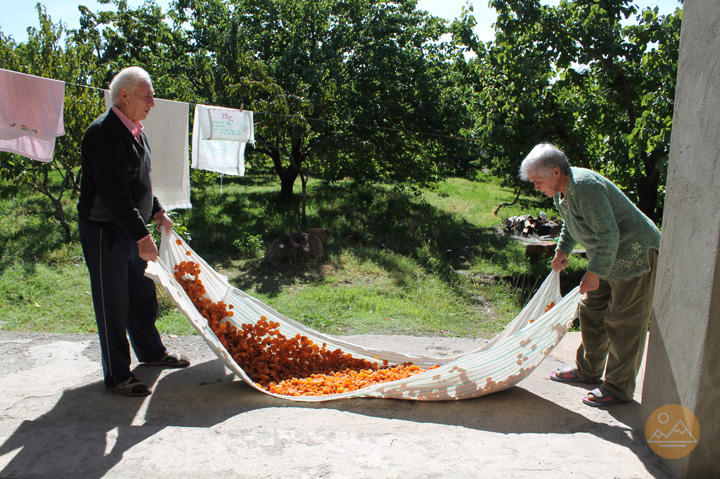
Anushavan and Nelly collect the sun-dried apricots / Photo: Gayane Tonoyan
After a delicious homemade dinner made with fresh local produce we stroll through the village to go to their main apricot orchard. It is located at the end of the village, and the bottom fence of the orchard is the barbed wire marking the state border.
After the walk, Nelly invites me to help her with baking lavash, a traditional Armenian flatbread. The villagers have set up a small bakery for lavash where several families get together to bake a couple of weeks’ stock of bread. Traditionally, lavash is baked in tonir – an underground clay pit where the fire is made on the bottom and the bread is baked by sticking the dough to the pit’s sides. But in the bakery where we are going to bake our lavash they use an electric stove. Despite the technological modernization and the use of the electric stove, it still proves quite hard to flatten the dough into a super-thin layer needed to make a good lavash. My very first lavash comes out with a big hole in the middle which, however, does not make it taste any less delicious.
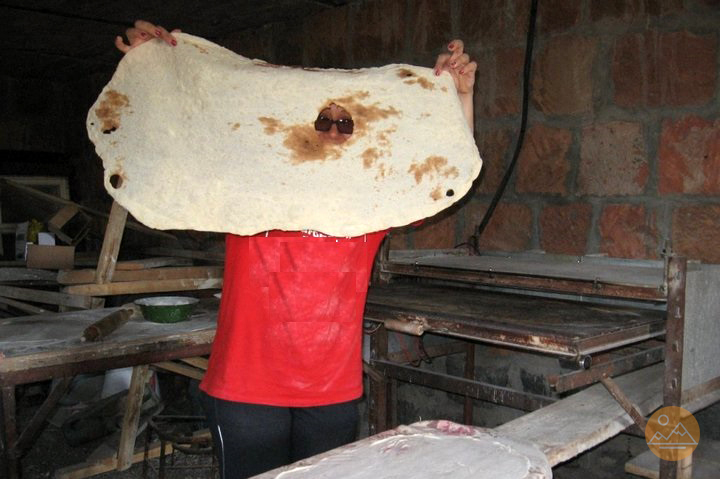
My very first lavash / Photo: Gayane Tonoyan
In the evening, I get another special task from Nelly – to get milk from one of the neighbors. As I walk into the neighbor’s yard, one of the kids guides me to the cowshed where his mother is milking the cow. I greet the lady and tell her I want to buy some milk. She looks back at me smiling, “Do you want to try milking the cow yourself?” I step forward hesitantly and just as I sit down on the small stool in front of the cow, it kicks the bucket. Luckily the milk does not spill, but I give up and decide to wait until the lady milks the cow. She laughs at me telling I would never be able to marry a village man and live in the village if I can’t milk a cow properly. I proudly tell her about my lavash that turned out to be very delicious despite the hole in the middle but it doesn't seem to increase my chances of a successful village marriage in her eyes.
Back home, we make cheese and matsun (sour yogurt) with the fresh milk. As I watch our host boil the milk stirring it patiently, then pouring it into the special pot to make the cheese, I think of how hard the village life is. And still, people are so much more kind-hearted and open and welcoming in small villages like this.
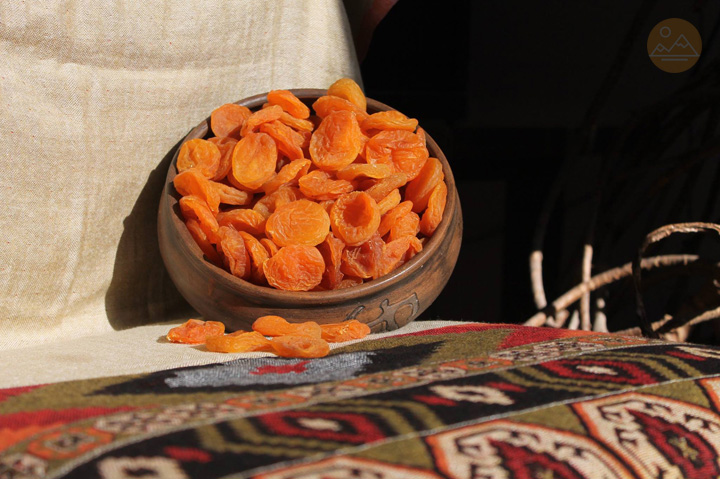
Summer in a jar / Photo: Gayane Tonoyan
On the next day, we work in the garden for a while collecting and packing the sun-dried apricots, helping to cook dinner and cutting grass to stock for the winter. Village works feel like a heavy workout for us, computer-slaved office workers, and the dinner after a hard day’s work tastes especially delicious. After dinner, we head back to Yerevan. As we drive back to the sunset view of the solitary Greater Ararat, I eat the dried apricots that we got from the village. They look like small pieces of sun and smell of summer and I think of Ray Bradbury’s “Dandelion Wine”. “Hold summer in your hand, pour summer in a glass, a tiny glass of course, the smallest tingling sip, for children; change the season in your veins by raising the glass to lip and tilting summer in”.
